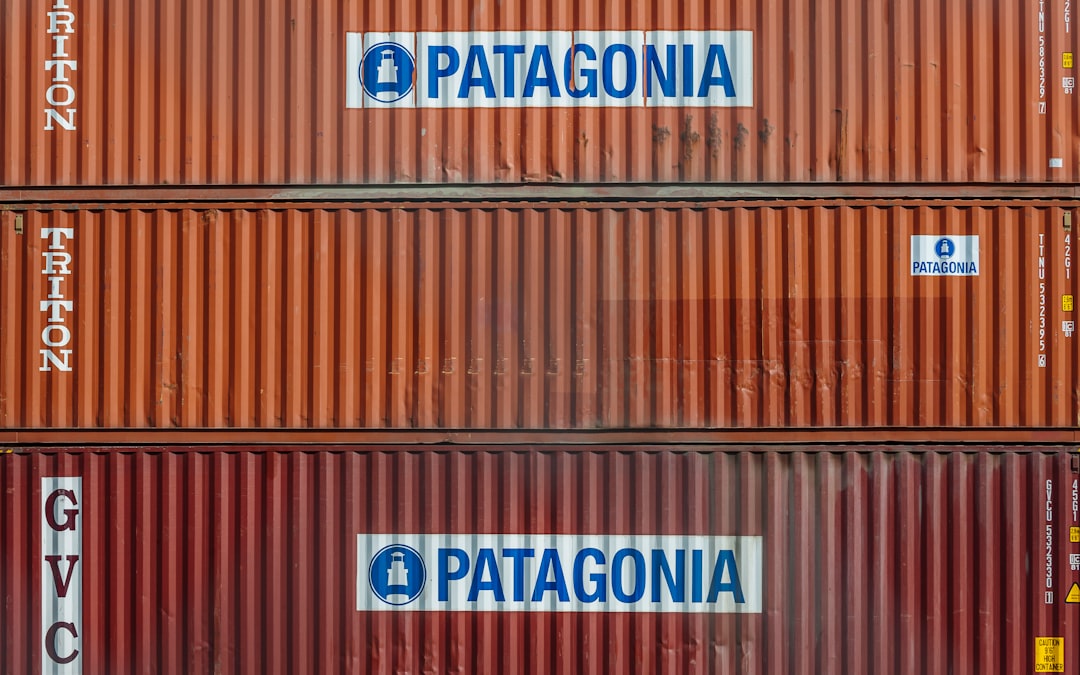Expanding your business to 40+ countries is an ambitious yet achievable goal. It requires meticulous planning, a deep understanding of international trade, and a robust strategy. This guide provides a roadmap to navigate the complexities of exporting to multiple markets, maximizing your chances of success.
1. Thorough Market Research: Identifying Your Ideal Export Destinations
Before diving into the logistics, a comprehensive market analysis is paramount. Don’t approach this as a blanket strategy; treat each country individually. Consider factors like:
- Market Size and Growth Potential: Analyze the demand for your product or service in each target country. Look at population demographics, economic indicators (GDP growth, disposable income), and industry-specific reports.
- Competitive Landscape: Identify your key competitors in each market. Assess their strengths and weaknesses, pricing strategies, and market share. This will inform your competitive positioning.
- Regulatory Environment: Understand the import regulations, tariffs, and trade barriers specific to each country. This includes customs duties, labeling requirements, and product standards.
- Cultural Nuances: Consider cultural differences in consumer preferences, purchasing behavior, and communication styles. Tailor your marketing and sales strategies accordingly.
- Infrastructure and Logistics: Evaluate the efficiency of transportation networks, warehousing facilities, and customs procedures in each target market. This will impact your supply chain and delivery times.
Tools like market research databases (e.g., Statista, Euromonitor), industry associations, and government trade agencies can provide valuable data.
2. Legal and Regulatory Compliance: Navigating International Trade Laws
Exporting to multiple countries means navigating a complex web of international laws and regulations. Failure to comply can result in significant penalties and legal repercussions. Key areas to focus on include:
- Export Controls and Sanctions: Ensure your products are not subject to export controls or sanctions imposed by your country or the destination countries.
- Customs Regulations: Understand the specific customs procedures, documentation requirements (e.g., commercial invoices, packing lists, certificates of origin), and tariff classifications for each country.
- Product Standards and Certifications: Many countries have specific product standards and certifications that must be met before your products can be imported. This may involve obtaining certifications like ISO, CE, or others.
- Intellectual Property Protection: Protect your trademarks, patents, and copyrights in each target market to prevent infringement.
- Data Privacy Regulations: Comply with data privacy laws (e.g., GDPR in Europe, CCPA in California) if you collect and process customer data.
Seek legal counsel specializing in international trade law to ensure compliance.
3. International Logistics and Supply Chain Management: Efficient Global Distribution
Efficiently managing your supply chain is crucial when exporting to multiple countries. Consider the following:
- Choosing the Right Shipping Methods: Select the most cost-effective and reliable shipping methods based on factors like product type, delivery time requirements, and budget. Options include sea freight, air freight, and courier services.
- Inventory Management: Implement an inventory management system to track stock levels, optimize warehouse space, and minimize storage costs across different locations.
- International Payment Methods: Establish secure and efficient payment methods for international transactions, such as letters of credit, bank transfers, or online payment gateways.
- Customs Brokerage: Consider using a customs broker to handle customs clearance procedures, reducing the administrative burden and ensuring smooth import processes.
- Distribution Network: Establish a robust distribution network in each target market, potentially through partnerships with local distributors or establishing your own warehousing and logistics infrastructure.
4. Marketing and Sales Strategies: Adapting to Diverse Markets
Your marketing and sales strategies must be tailored to the specific cultural and consumer preferences of each target market. This involves:
- Localized Marketing Materials: Translate your marketing materials into the local languages and adapt your messaging to resonate with the local culture.
- Digital Marketing Strategies: Utilize digital marketing channels like social media, search engine optimization (SEO), and online advertising to reach your target audience in each country.
- Sales Channels: Identify appropriate sales channels for each market, such as online marketplaces, distributors, retailers, or direct sales.
- Pricing Strategies: Develop pricing strategies that are competitive in each market, taking into account local costs, currency fluctuations, and consumer purchasing power.
- Customer Service: Provide excellent customer service in the local language to build trust and loyalty.
5. Financial Management and Risk Mitigation: Protecting Your Investment
Exporting to multiple countries involves significant financial risks. Effective financial management is crucial to mitigate these risks:
- Currency Risk Management: Implement strategies to manage currency fluctuations that can impact your profitability.
- Credit Risk Management: Assess the creditworthiness of your international customers and implement strategies to minimize bad debt.
- Insurance: Obtain appropriate insurance coverage to protect against risks such as political instability, shipment damage, and non-payment.
- Financial Forecasting: Develop accurate financial forecasts to manage cash flow and allocate resources effectively.
- Tax Planning: Understand the tax implications of exporting to multiple countries and implement strategies to optimize your tax burden.
Exporting to 40+ countries is a challenging but potentially highly rewarding undertaking. By carefully planning and executing each stage of this process, you significantly increase your chances of success and establish a strong global presence.
SEO Tags:
export strategy, international trade, global market expansion, multi-country exporting, international business




